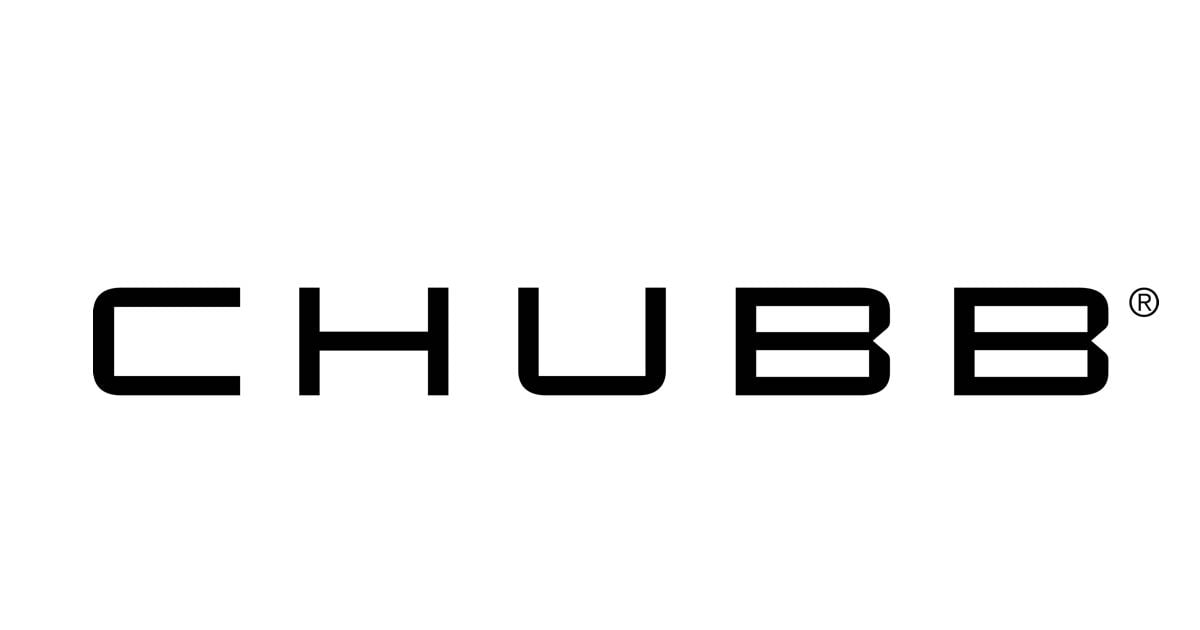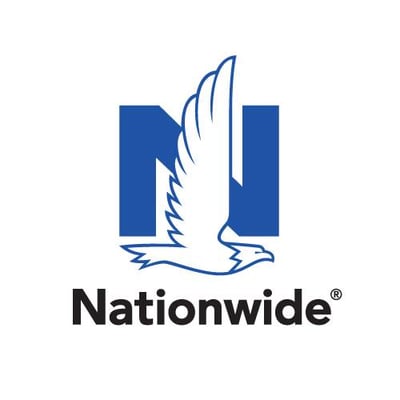The Best Home Insurance in California for 2024
Many or all of the products featured here are from our partners who compensate us. This influences which products we write about and where and how the product appears on a page. However, this does not influence our evaluations. Our opinions are our own. Here is a list of our partners and here's how we make money.
The average cost of homeowners insurance in California is $1,250 per year, or $104 per month. For comparison, the national average is $1,915 per year.
NerdWallet analyzed data from numerous insurance companies to help you find the best home insurance in California in the following categories:
Best for affordability: Travelers.
Best for coverage: Chubb.
Best for consumer experience: Nationwide.
The rates in our analysis are estimates based on many factors, so your rate may differ.
Note: Due to underwriting practices and market volatility, some companies in this article may no longer write new policies in your area.

Best affordable homeowners insurance in California: Travelers
Travelers
Coverage options
Discounts
NAIC complaints
Travelers
Coverage options
Discounts
NAIC complaints
The average cost of Travelers homeowners insurance in California is $995 a year, lower than the state average of $1,250. Travelers offers a robust online experience. You can use the website to get a homeowners insurance quote, file and track claims, make payments and learn about insurance basics.
Its coverage offerings are similarly strong. For example, you may be able to add extra coverage in case the dwelling limit on your home isn’t enough to rebuild your house after a disaster. One unique option is Travelers’ green home coverage, which pays extra if you want to use eco-friendly materials when repairing or rebuilding your home after a covered claim.
Learn more in our Travelers homeowners insurance review.
Best homeowners insurance in California for coverage: Chubb

Coverage options
Discounts
NAIC complaints
Chubb
Coverage options
Discounts
NAIC complaints
Chubb generally serves affluent policyholders with high-value homes, offering lofty coverage limits and plenty of perks. For example, the company covers water damage from backed-up sewers and drains, and pays to bring your home up to the latest building codes during reconstruction after a claim. (Many insurers charge more for these types of coverage.)
California homeowners can also sign up for free Wildfire Defense Services. These services include personalized recommendations for protecting your home and deployment of firefighters to your house if a wildfire is approaching.
Learn more with our Chubb homeowners insurance review.
Best homeowners insurance in California for consumer experience: Nationwide

Nationwide
Coverage options
Discounts
NAIC complaints
Nationwide
Coverage options
Discounts
NAIC complaints
The Nationwide website offers plenty of ways to manage your policy, including filing and tracking claims, paying bills and getting quotes. The company also has a comprehensive and highly rated mobile app.
Nationwide’s standard homeowners policies include ordinance or law coverage, which pays to bring your home up to the latest building codes after a covered claim. They also include coverage for unauthorized credit or debit transactions. For an extra cost, you may be able to add coverage for things like water backup, identity theft and stronger materials to replace your roof.
Learn more with our Nationwide homeowners insurance review.
Full list of best homeowners insurance in California
NerdWallet analyzed home insurance companies across the state to find the best home insurance in California. Here are all of the insurers that received a NerdWallet star rating of 4.5 or higher:
Company | NerdWallet star rating | Average annual rate |
|---|---|---|
Not available | ||
Not available | ||
$1,495 | ||
$1,510 | ||
$995 | ||
USAA* | $1,165 | |
*USAA homeowners policies are available only to active military, veterans and their families. | ||
» MORE: The best homeowners insurance
How much does homeowners insurance cost in California?
The average cost of homeowners insurance in California is $1,250 per year, or about $104 per month. That's 35% less than the national average of $1,915.
Those rates are for homeowners with no recent claims on their record. In California, policyholders with one recent claim pay an average of $1,390 per year — an increase of 11%.
Average cost of homeowners insurance in California by city
The amount you pay will vary depending on where you live in the state. For example, the average cost of homeowners insurance in Los Angeles is $1,485 per year, while San Jose homeowners pay $1,055 per year, on average.
City | Average annual rate | Average monthly rate |
|---|---|---|
Anaheim | $1,210 | $101 |
Bakersfield | $1,210 | $101 |
Chula Vista | $1,175 | $98 |
Corona | $1,410 | $118 |
Fontana | $1,340 | $112 |
Fremont | $1,185 | $99 |
Fresno | $1,300 | $108 |
Hayward | $1,220 | $102 |
Irvine | $1,275 | $106 |
Lancaster | $1,535 | $128 |
Long Beach | $1,215 | $101 |
Los Angeles | $1,485 | $124 |
Modesto | $1,090 | $91 |
Moreno Valley | $1,320 | $110 |
Oakland | $1,320 | $110 |
Oxnard | $1,010 | $84 |
Riverside | $1,305 | $109 |
Sacramento | $1,180 | $98 |
San Bernardino | $1,410 | $118 |
San Diego | $1,205 | $100 |
San Francisco | $1,325 | $110 |
San Jose | $1,055 | $88 |
Santa Ana | $1,220 | $102 |
Santa Rosa | $1,040 | $87 |
Stockton | $1,105 | $92 |
The cheapest home insurance in California
Here are the insurers we found with average annual rates equal to or below the California average.

What you need to know about California homeowners insurance
Homeowners in California face unique circumstances that factor into decisions about home insurance.
Wildfires
Several insurance companies offer discounts for California homeowners who have made efforts to reduce the risk of wildfire on their property, according to the California Department of Insurance. Such efforts could include things like rebuilding your roof with fire-resistant materials and limiting vegetation near your home.
Most homeowners policies cover fire and smoke damage, but insurers may be reluctant to cover those in high-risk areas. (Learn more in our guide to wildfire insurance.) If you have trouble finding a policy, you can turn to the California FAIR Plan, the state’s insurer of last resort. FAIR Plan coverage is limited, paying only for damage due to fire, lightning, smoke and internal explosions. A “difference in conditions” policy can help fill the coverage gaps. Work with an independent insurance agent to find one.
Learn how to protect your home from climate change, including wildfires.
Earthquakes
A standard home insurance policy doesn’t cover earthquake damage, so California residents should consider adding a separate earthquake insurance policy. Homeowners can get one through a private insurer or turn to the California Earthquake Authority for coverage. Read our guide to earthquake insurance.
Flooding
California is prone to flooding throughout the state, and homeowners insurance won’t cover flood damage. To cover costs related to flooding, homeowners can purchase flood insurance from the National Flood Insurance Program or a private insurer.
Not sure if you’re at risk for flooding? Enter your address into the Federal Emergency Management Agency's flood maps or visit RiskFactor.com, a website from the nonprofit First Street Foundation.
California Department of Insurance
If you want to file a complaint against your insurance company or get more information about your rights as a policyholder, the California Department of Insurance may be able to help. The department’s website has useful resources such as a home insurance finder tool and a list of companies offering difference in conditions policies. Assistance is available in English and Spanish at 800-927-4357.
Looking for more insurance in California?
NerdWallet calculated median rates for 40-year-old homeowners from various insurance companies in every ZIP code across the state. All rates are rounded to the nearest $5.
Sample homeowners were nonsmokers with good credit living in a single-family, two-story home built in 1984. They had a $1,000 deductible and the following coverage limits:
$300,000 in dwelling coverage.
$30,000 in other structures coverage.
$150,000 in personal property coverage.
$60,000 in loss of use coverage.
$300,000 in liability coverage.
$1,000 in medical payments coverage.
We made minor changes to the sample policy in cases where rates for the above coverage limits or deductibles weren’t available.
For homeowners with a claims history, we added a single wind damage claim.
These are sample rates generated through Quadrant Information Services. Your own rates will be different.
Star rating methodology
NerdWallet’s homeowners insurance ratings reward companies for customer-first features and practices. Ratings are based on weighted averages of scores in several categories, including financial strength, consumer complaints, coverages, discounts and online experience. These ratings are a guide, but we encourage you to shop around and compare several insurance quotes to find the best rate for you. NerdWallet does not receive compensation for any reviews. Read our full homeowners insurance rating methodology.
Complaint methodology
NerdWallet examined complaints received by state insurance regulators and reported to the National Association of Insurance Commissioners in 2020-2022. To assess how insurers compare with one another, the NAIC calculates a complaint index each year for each subsidiary, measuring its share of total complaints relative to its size, or share of total premiums in the industry. To evaluate a company’s complaint history, NerdWallet calculated a similar index for each insurer, weighted by market shares of each subsidiary, over the three-year period. NerdWallet conducts its data analysis and reaches conclusions independently and without the endorsement of the NAIC. Ratios are determined separately for auto, home (including renters and condo) and life insurance.
On a similar note...


